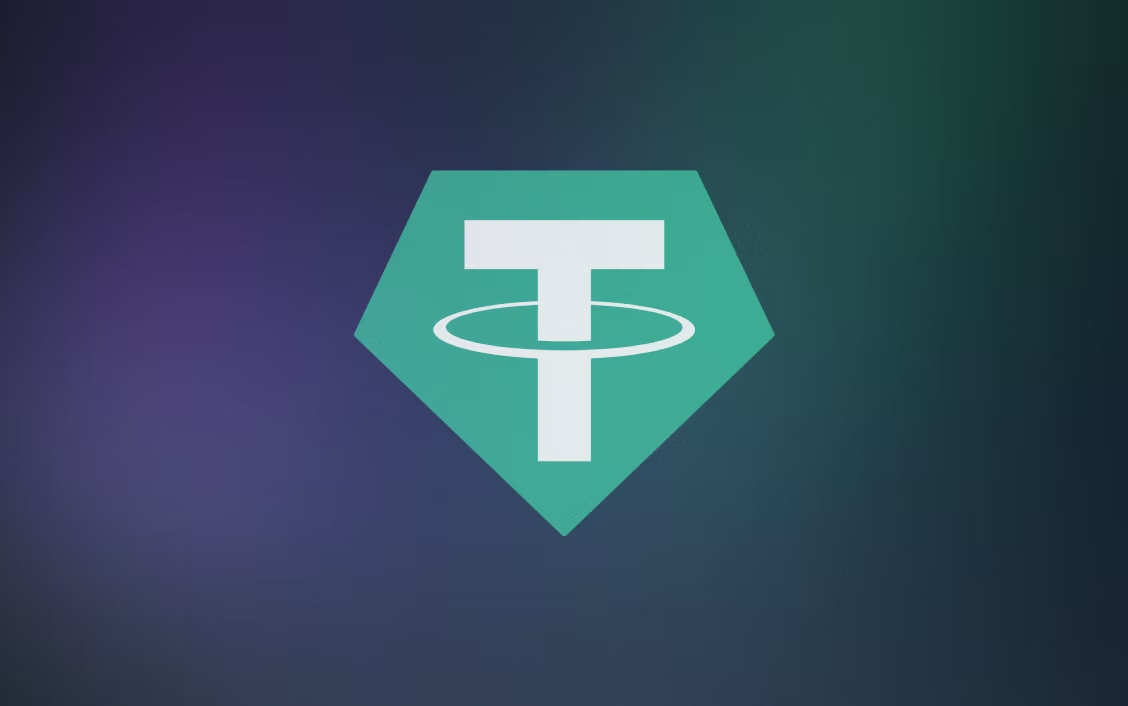Tether (USDT)
Tether (USDT) is a prominent stablecoin in the cryptocurrency market, introduced by Tether Limited Inc. in 2014. Designed to maintain a stable value, USDT is pegged 1:1 to the U.S. dollar, offering a reliable digital currency alternative. This stablecoin is widely utilized across various blockchains and is owned by Hong Kong-based iFinex, which also operates Bitfinex.
Overview of USDT
USDT is a cryptocurrency that aims to provide stability by linking its value to fiat currencies like the U.S. dollar. Each USDT token is structured to mirror the value of one U.S. dollar, distinguishing it from more volatile digital currencies. Initially issued on the Bitcoin blockchain via the Omni Layer Protocol, USDT is now available on multiple blockchains, including Ethereum, TRON, and more. The primary goal of USDT is to facilitate seamless transactions between cryptocurrency exchanges without the delays associated with traditional bank transfers.
Overview of Tether Limited
Early beginnings (2014-2015)

| Ticker | USDT |
| Category | Stablecoins |
| Website | https://tether.to/ |
| @Tether_to | |
| Contract Addresses | |
|---|---|
| ethereum | 0xda...c7 Copied! Copied! |
| aptos | 0x35...2b Copied! Copied! |
| tron | TR...6t Copied! Copied! |
| avalanche | 0x97...c7 Copied! Copied! |
| near-protocol | us...ar Copied! Copied! |
| solana | Es...YB Copied! Copied! |
| kava | 0x91...9c Copied! Copied! |
| celo | 0x48...5e Copied! Copied! |
| the-open-network | EQ...Ds Copied! Copied! |
Tether, originally named Realcoin, was founded in July 2014 by Brock Pierce, Reeve Collins, and Craig Sellars. It underwent a rebranding process, eventually becoming known as USDT in November 2014. Initially built on the Bitcoin blockchain, USDT now operates on several blockchains, addressing issues of volatility and convertibility between fiat and cryptocurrencies.
Further development (2018-2024)
In November 2018, Tether partnered with Deltec for banking services. By March 2019, Tether's disclosure stated that its tokens were backed by reserves comprising various assets. In October 2023, Paolo Ardoino was appointed CEO of Tether. As of June 2024, Tether ceased support for its USDT on the EOS and Algorand blockchains.
Tether's Global Expansion
Tether enters the Latin American market
In May 2022, Tether launched MXNT, a stablecoin backed by the Mexican peso, marking its entry into the Latin American market. This move followed the introduction of stablecoins like USDT, EURT, and CNHT, and was aimed at tapping into the region's growing interest in cryptocurrencies.
Tether mints $1B USDT
On December 25, 2023, Tether Treasury minted $1 billion worth of USDT, as reported by Whale Alert. This was categorized as an inventory replenishment on the Ethereum Network, indicating the tokens were authorized but not yet issued.
Integrations and Innovations
Blockchain integrations
Tether has expanded its reach by launching Tether tokens on various blockchains. In 2022, Tether tokens were introduced on platforms like Polygon, Tezos, NEAR, and Polkadot. Additionally, the Chinese Yuan (CNH₮) was launched on the Tron blockchain, and Tether Gold (XAU₮) was listed on Turkey's ICRYPEX in 2023.
Tether launches Alloy
In June 2024, Tether introduced Alloy (aUSDT), a gold-backed stablecoin pegged to the U.S. dollar. This synthetic dollar offers transactions while maintaining the gold-backed value of Tether Gold (XAUt).
Strategic Partnerships
Pear Credit
In October 2022, Tether, along with Holepunch and Synonym, announced Pear Credit, a peer-to-peer credit system offering a scalable token format without blockchain dependency.
Tether x INHOPE
In January 2023, Tether partnered with INHOPE to combat online child sexual abuse material, marking a pioneering effort in the cryptocurrency industry.
Educational collaborations
Tether has engaged in various educational initiatives, partnering with institutions like Bitkub Exchange in Thailand, Vietnam Blockchain Association, and National Taipei University of Technology to enhance blockchain literacy and awareness.
Tether x Chainalysis
In May 2024, Tether collaborated with Chainalysis for transaction monitoring to ensure compliance with international sanctions and detect illicit activities.
Tether's Governance and Offerings
Tether Limited is responsible for managing the supply of USDT tokens. The company's proof-of-reserves system ensures that the number of USDT tokens in circulation matches the fiat reserves held. Tether also offers other stablecoins, including Tether Gold (XAUt), Tether Euro (EURT), Tether Peso (MXNT), and Tether Yuan (CNHT).
Tether Limited team
The leadership team of Tether Limited includes Paolo Ardoino (CEO), Giancarlo Devasini (CFO), Stuart Hoegner (General Counsel), Leonardo Real (Chief Compliance Officer), and Claudia Lagorio (COO).
